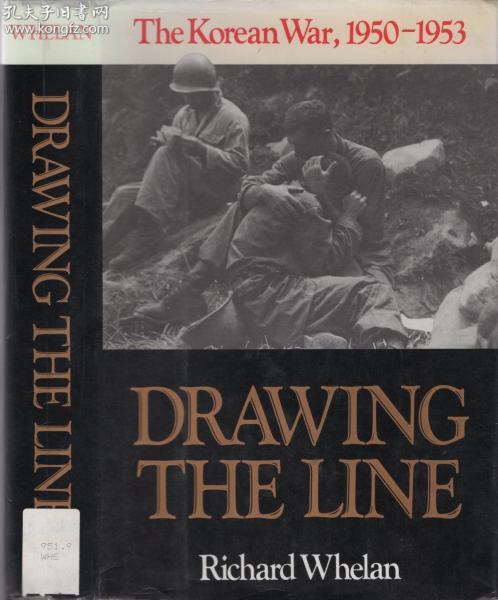"Exploring the Dynamics of Motion: Cars A and B Are Traveling Around the Circular Track"
Guide or Summary:IntroductionThe SetupCentripetal ForceVelocity and AccelerationComparative Analysis of Cars A and B**Translation**: "Cars A and B are trave……
Guide or Summary:
**Translation**: "Cars A and B are traveling around the circular track"
---
Introduction
In the realm of physics and motion, the scenario of two cars navigating a circular track presents a fascinating study of dynamics. Specifically, we will explore the situation where cars A and B are traveling around the circular track. This setup allows us to analyze various physical principles, including centripetal force, velocity, and the effects of acceleration.
The Setup
Imagine a perfectly circular track, with cars A and B starting from the same point but at different angles. As they begin their journey, both vehicles must maintain a constant speed to navigate the curves of the track effectively. The circular nature of the path requires that each car experiences a centripetal force directed towards the center of the circle, which is crucial for maintaining their circular motion.

Centripetal Force
Centripetal force is the net force acting on an object moving in a circular path. For cars A and B are traveling around the circular track, this force is provided by the friction between the tires and the track surface. The required centripetal force can be calculated using the formula:
\[ F_c = \frac{mv^2}{r} \]
where \( m \) is the mass of the car, \( v \) is its velocity, and \( r \) is the radius of the circular path. This relationship highlights the importance of speed and mass in maintaining the motion of the cars.
Velocity and Acceleration
As cars A and B are traveling around the circular track, their velocities remain constant in magnitude but continuously change in direction. This change in direction indicates that the cars are indeed accelerating, even if their speed remains unchanged. This specific type of acceleration is known as centripetal acceleration, which can be expressed as:

\[ a_c = \frac{v^2}{r} \]
Understanding these concepts is essential for analyzing the performance and safety of the cars as they navigate the track.
Comparative Analysis of Cars A and B
Let’s consider that car A is faster than car B. As they both travel around the circular track, car A will complete a lap in a shorter time than car B. This difference in speed leads to various dynamics, such as the potential for overtaking and the effects of drafting, where car B may benefit from the reduced air resistance when following closely behind car A.
Additionally, the differences in handling characteristics between the two cars can affect their performance on the track. For instance, if car A has a better suspension system, it may maintain higher speeds through the curves than car B, which could lead to a competitive advantage.

In conclusion, the scenario where cars A and B are traveling around the circular track provides a rich context for exploring fundamental concepts in physics. From centripetal force to the implications of velocity and acceleration, the dynamics of circular motion are crucial for understanding how vehicles perform under various conditions. Whether for educational purposes or practical applications in motorsport, this analysis serves to enhance our comprehension of motion in a circular path.